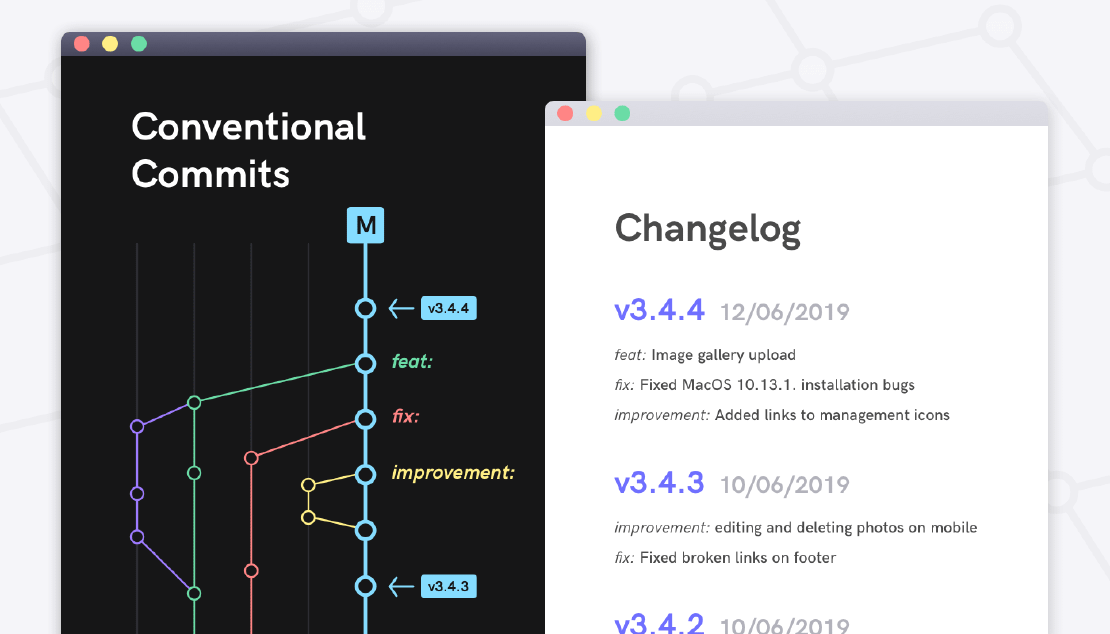In software development, version control is crucial for tracking changes and collaborating effectively. Git, one of the most widely used version control systems, allows developers to commit changes with messages that describe what was modified. However, without a proper structure, commit messages can become inconsistent, unclear, or even useless.
A Git Commit Convention provides a standardized way to write commit messages, making them more readable, understandable, and useful for developers, reviewers, and future maintainers.
Why Follow a Git Commit Convention?
Using a commit convention brings several benefits:
- Clarity: Well-structured messages help team members quickly understand the changes.
- Consistency: A standard format ensures uniformity across the repository.
- Automation: Tools like commit linting, changelog generation, and CI/CD pipelines can leverage structured commits.
- Better History: Easier debugging and version tracking.
I think this website wrote the most convincing way on how and why we should commit effectively https://cbea.ms/git-commit/.
The website https://cbea.ms/git-commit/ presents a detailed guide on how to write effective Git commit messages, emphasizing that a good commit message improves collaboration and project maintainability. The core advice is summarized in seven rules:
- Separate the subject line from the body with a blank line.
- Limit the subject line to 50 characters.
- Capitalize the subject line.
- Do not end the subject line with a period.
- Use the imperative mood in the subject line (e.g., “Fix bug” instead of “Fixed bug”).
- Wrap the body text at 72 characters to improve readability.
- Use the body to explain what and why the change was made, not how.
The guide explains that while the diff shows what changed, the commit message is the best place to explain why the change was made, providing context for current and future developers. It advocates consistency and clarity in commit messages as a mark of good collaboration and project health.
Additional recommendations include writing concise and atomic commits, optionally including metadata like issue tracker IDs, and using tools and templates to enforce this structure. Adhering to these conventions unlocks the full utility of Git history commands like git log, git blame, and git revert, making code review and maintenance easier.
In essence, the guide promotes commit messages as a communication tool that should be clear, consistent, and thoughtful, rather than ad hoc or verbose. This approach enhances both the immediate and long-term productivity of development teams.
Conclusion
Following a Git Commit Convention improves collaboration, maintainability, and automation in software projects. Whether using Conventional Commits, Angular Convention, or Gitmoji, adopting a structured approach ensures that commit history remains clean and useful.
If you’re working in a team, consider enforcing a convention with commit linting and hooks to maintain code quality and consistency.
